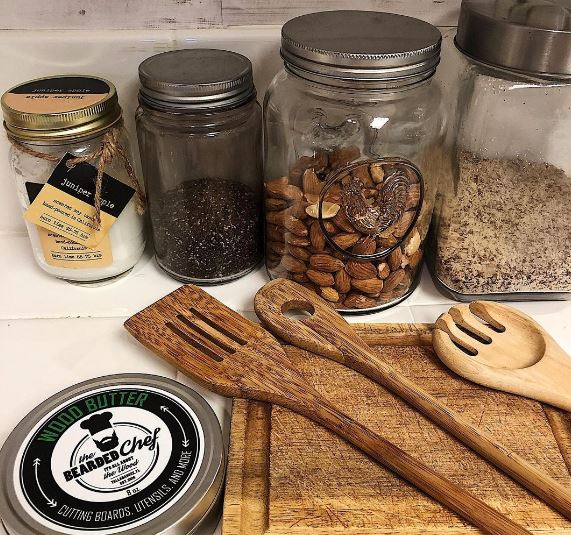Wooden utensils are often favored by chefs and cooking enthusiasts for several good reasons.
Firstly, I love the versatility and functionality of wood utensils. Wooden utensils come in various shapes and sizes, making them suitable for a wide range of cooking tasks. From stirring and flipping to scraping and serving, wooden utensils can handle different cooking techniques without causing damage to delicate surfaces.
Wood is non-reactive, meaning it doesn't react with acidic or alkaline foods, unlike certain metals or plastics. This makes wooden utensils suitable for use with a wide range of ingredients without affecting their taste or quality.
Wood is softer than metal or plastic, which makes it less likely to scratch or damage the surface of your cookware, especially non-stick pans. Using wooden utensils can help preserve the longevity and quality of your cookware.
Wood is a natural insulator, meaning it doesn't conduct heat as quickly as metal. This can be advantageous when stirring or mixing hot dishes, as wooden utensils tend to stay cooler and are less likely to transfer heat to your hands.
And lastly, wood utensils are aesthetically pleasing. Wooden utensils can add a warm and natural aesthetic to your kitchen. They often have a timeless and classic appeal that complements a variety of kitchen decor styles.
However, it's important to note that wooden utensils require proper care to maintain their quality. They should be hand-washed and dried thoroughly after use, and periodic oiling with food-grade mineral oil and a wood butter can help prevent drying or cracking. Additionally, wooden utensils may not be suitable for all cooking tasks, such as those involving high heat or prolonged immersion in liquids.
Ultimately, the choice of utensils depends on personal preference, cooking style, and the specific requirements of each recipe. Some people may prefer the durability and convenience of metal or silicone utensils, while others appreciate the natural and functional qualities of wood.



